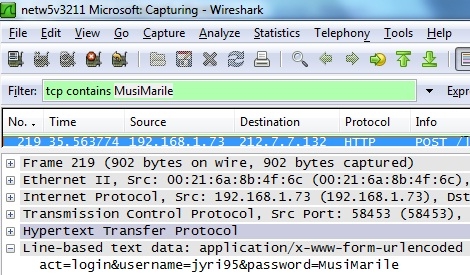
The results are sorted by device, driver, and protocol (see Listing 1). For example, the -D option shows the overall number of packets received, transmitted, and dropped in your communication subsystem. Using netstat, you can also monitor more detailed information about the packets themselves.
#Aix iptrace series#
Part 1 of this series addressed some of the very basic flags, such as -in, that you typically use with netstat. These tools allow you to troubleshoot a performance problem quickly and capture data for historical trending and analysis. In this section, you'll see an overview of tools available to help you monitor your network packets. You will also look at name resolution and how you can easily increase performance by making small adjustments to resolve hostnames.
#Aix iptrace how to#
The article also addresses ARP cache tuning and how to monitor and tune ARP statistics.

This article focuses on tcp workload tuning, udp workload tuning, and some other noteworthy parameters with the no utility. The no command is similar to vmo and ioo, but no is the network flavor.

You'll also learn how you can tune a network using tools such as no. This is where tracing tools come in handy, such as iptrace, ipreport, and tcpdump. While running commands (such as netstat) can provide useful information, sometimes you need to drill down more to the packet level.


 0 kommentar(er)
0 kommentar(er)
